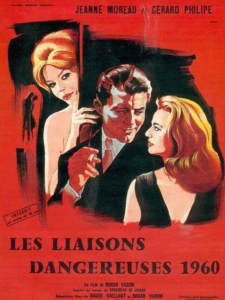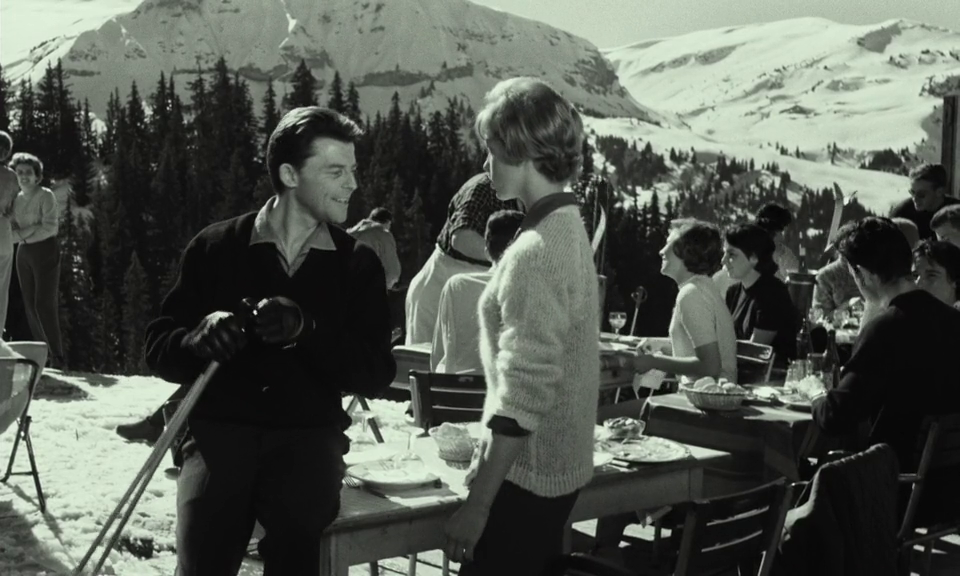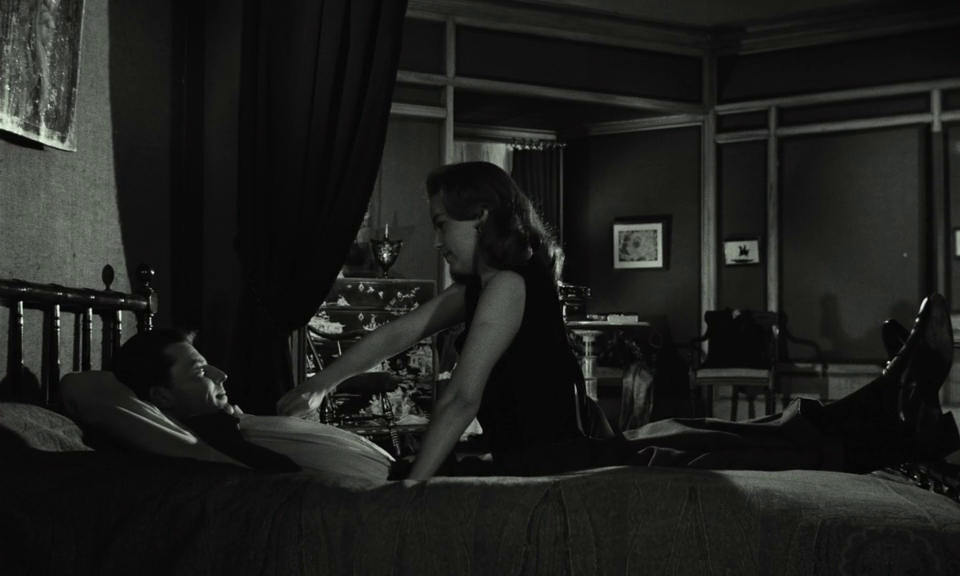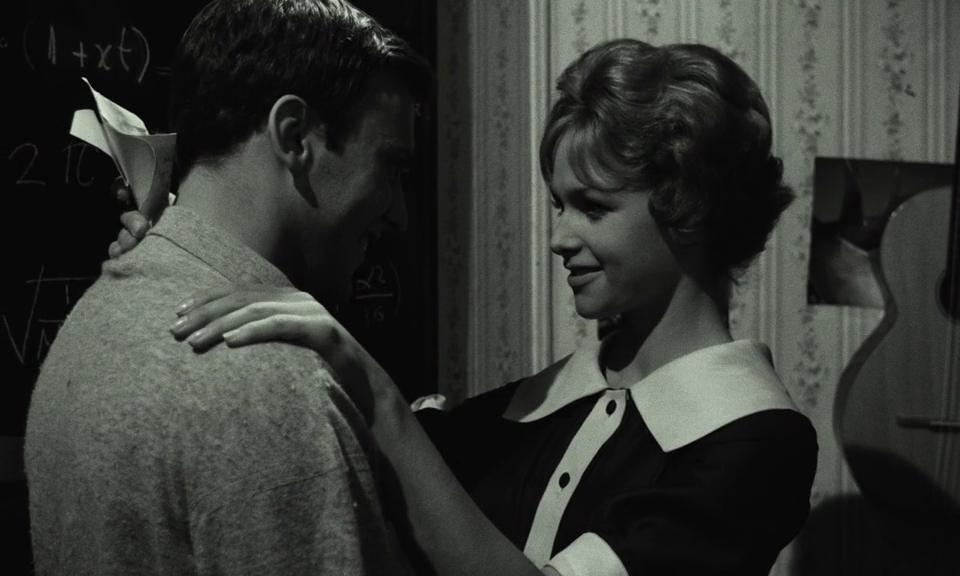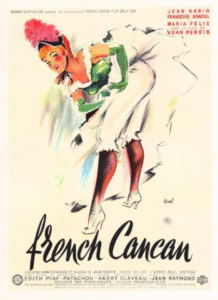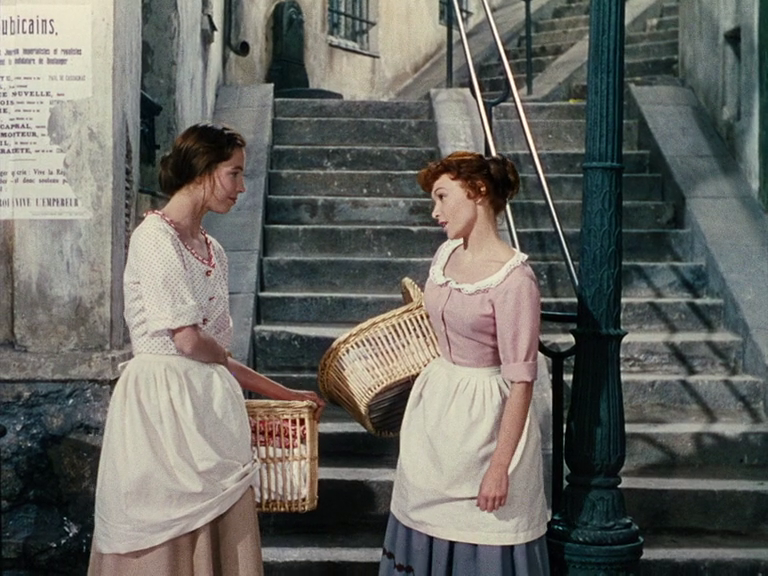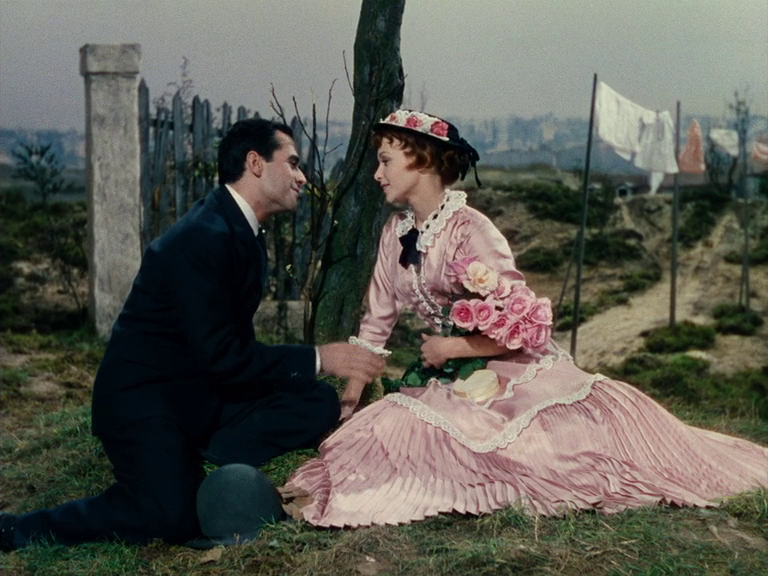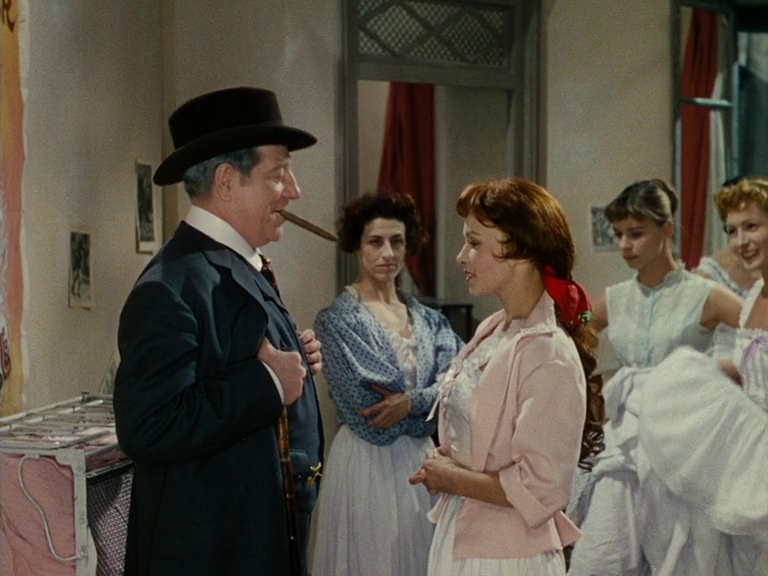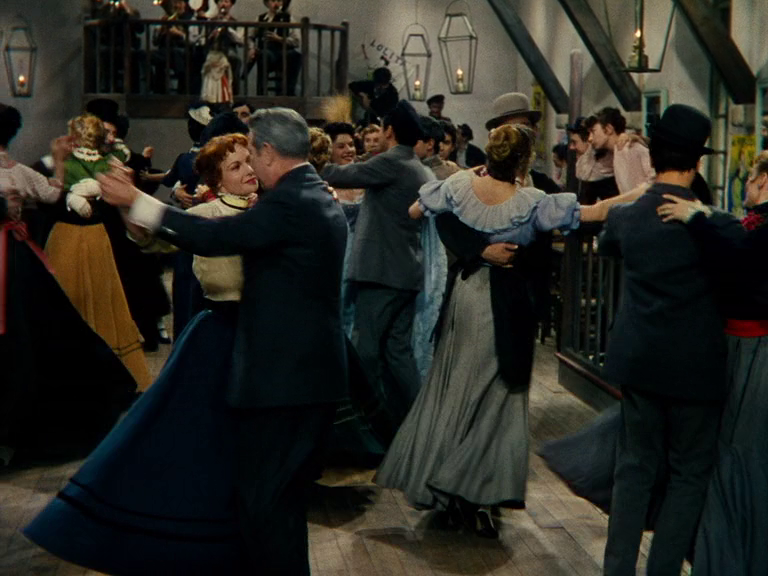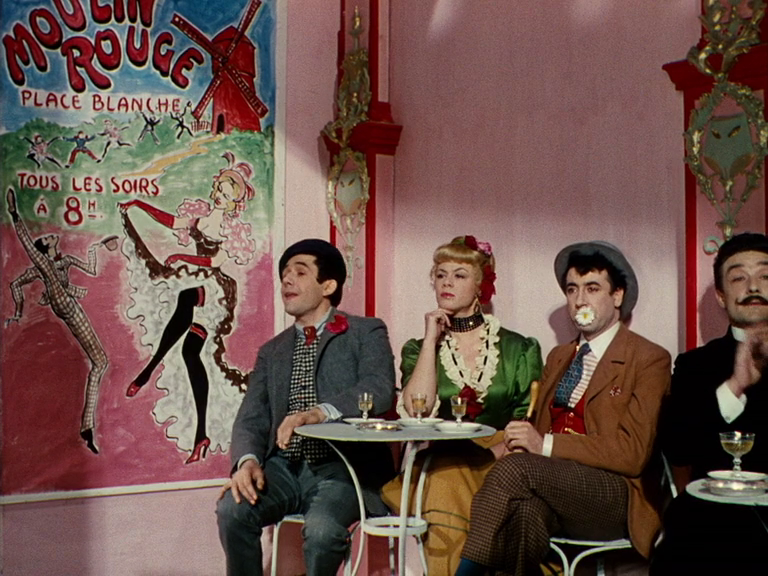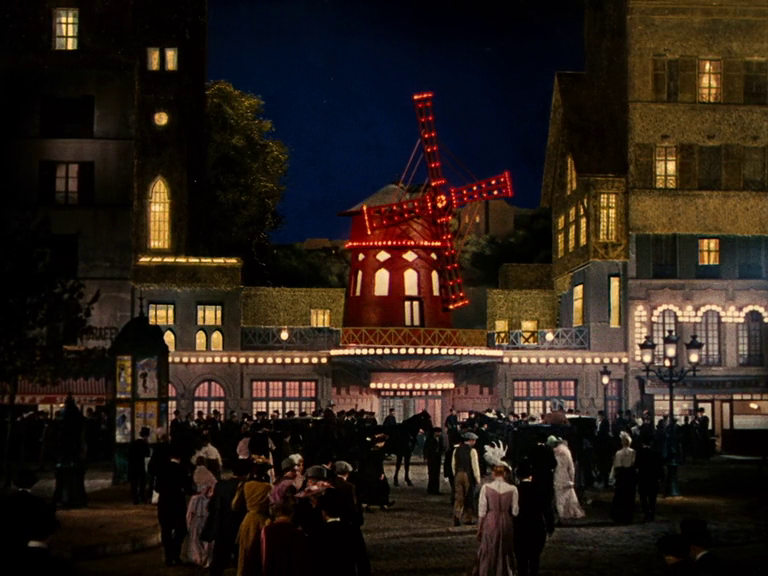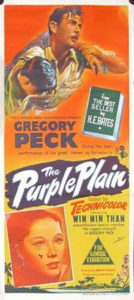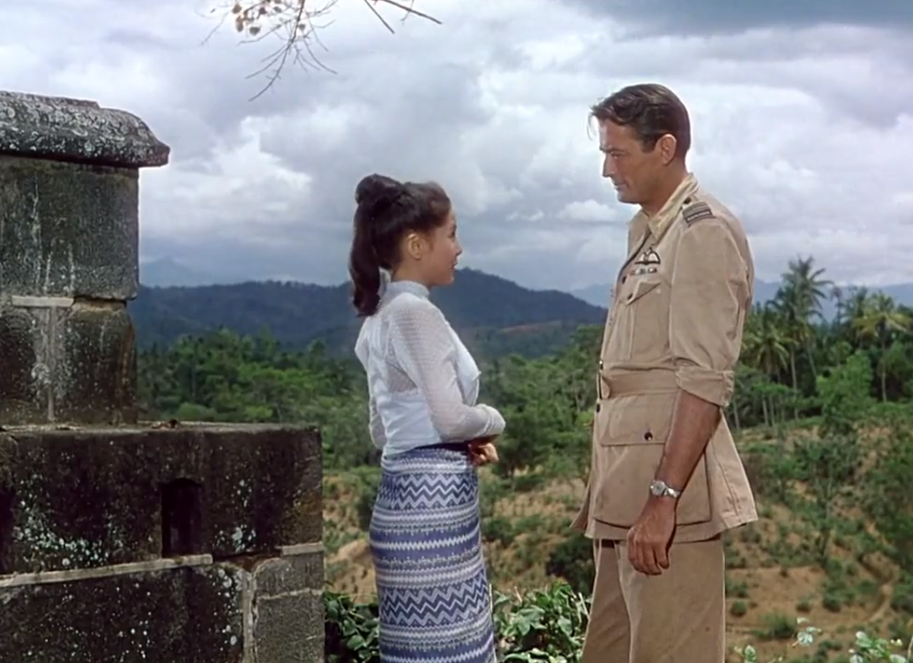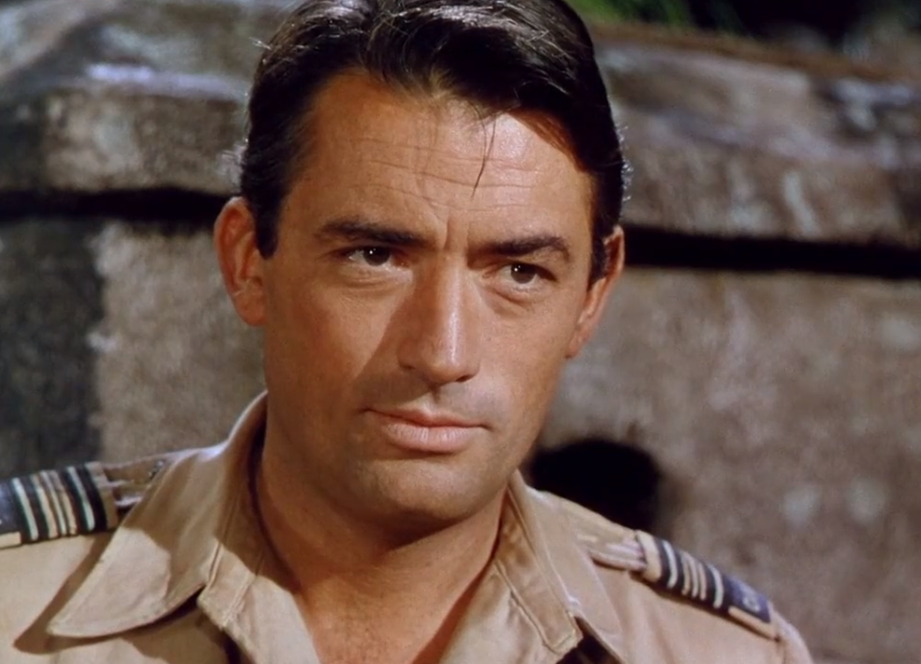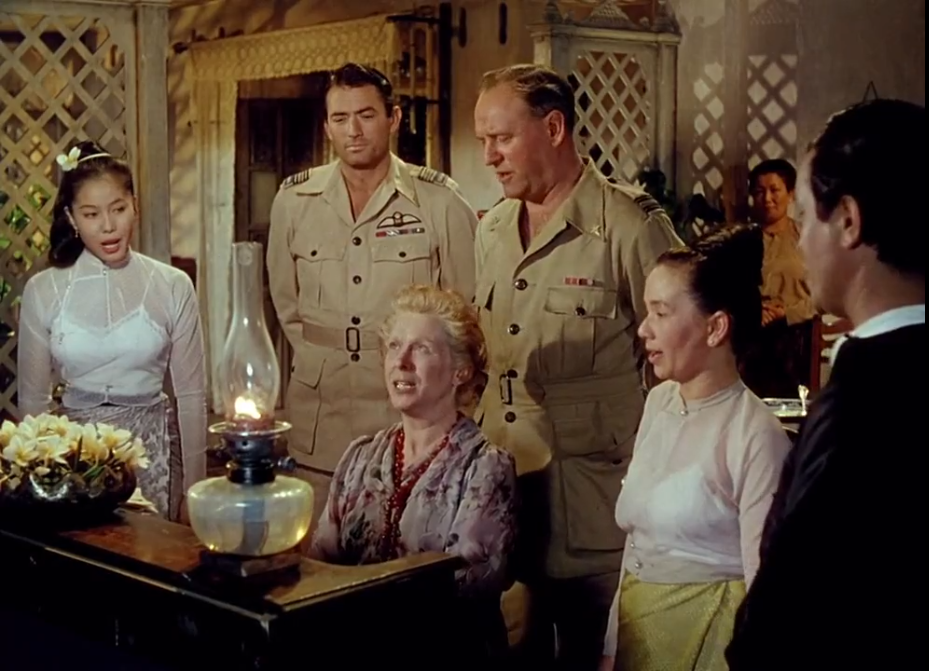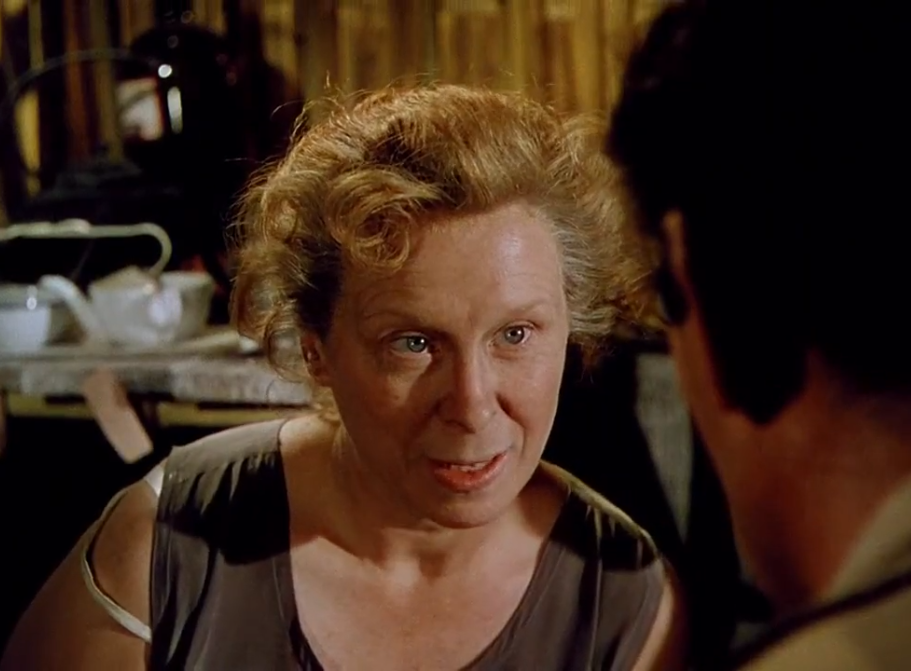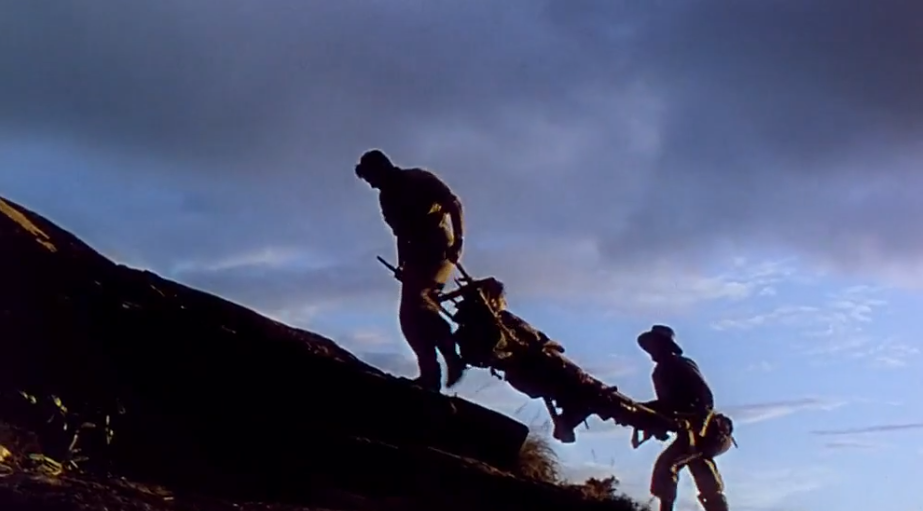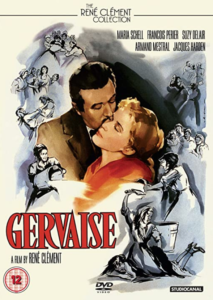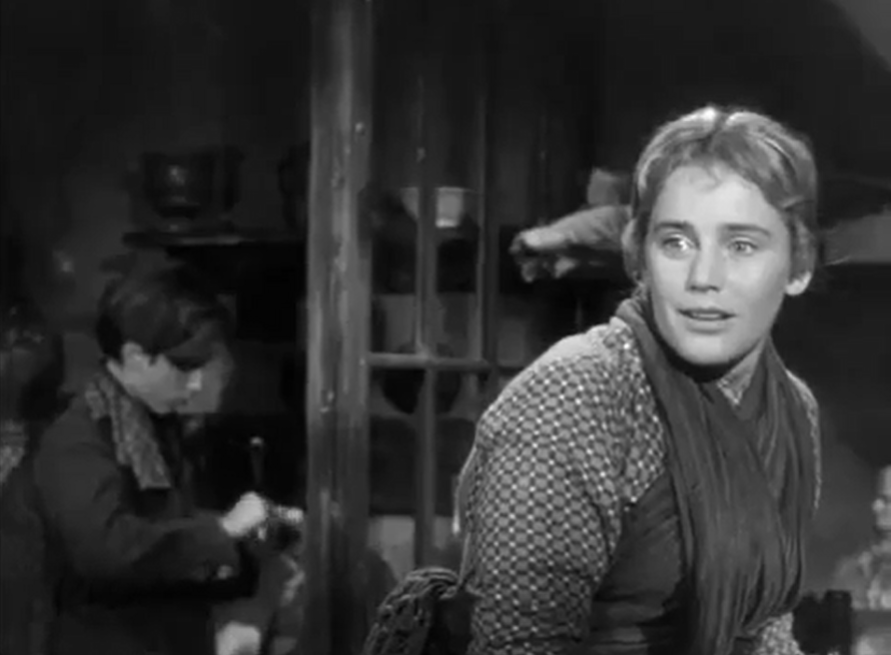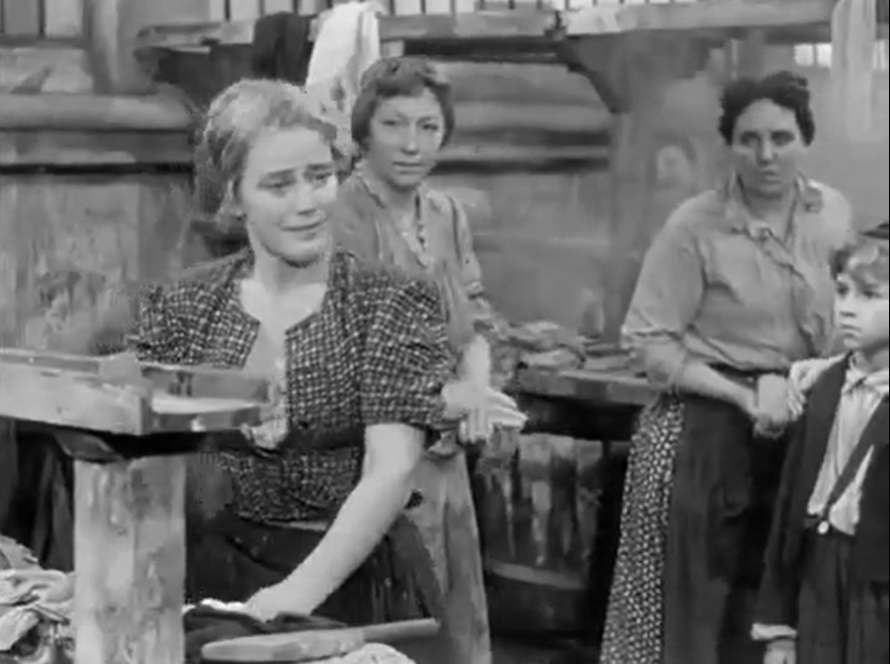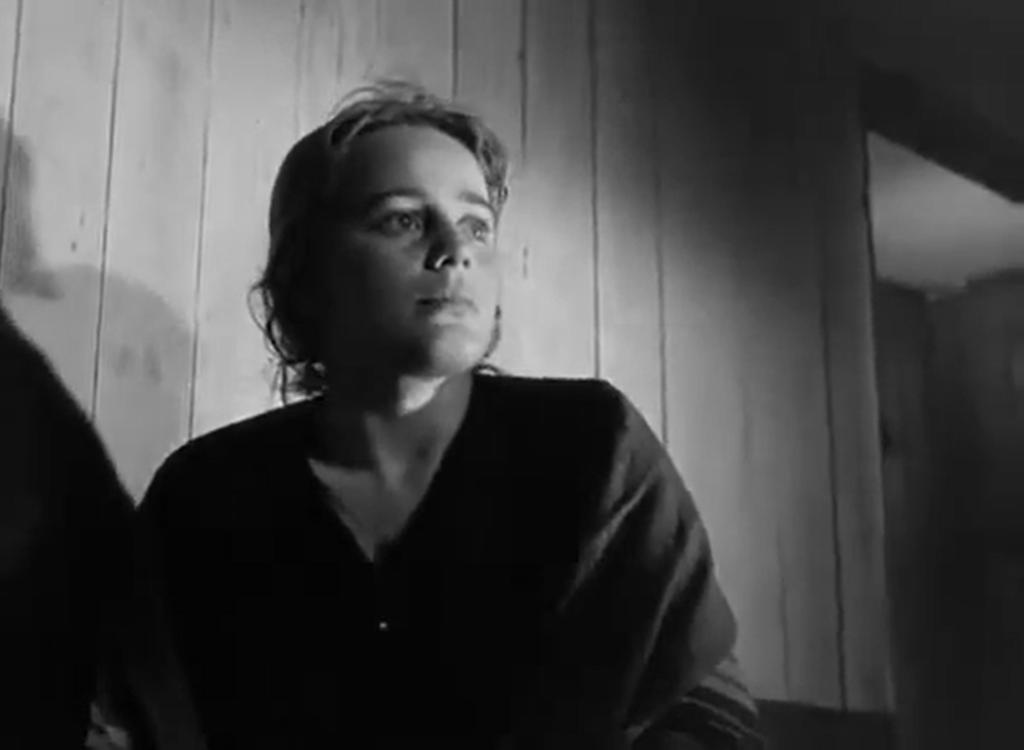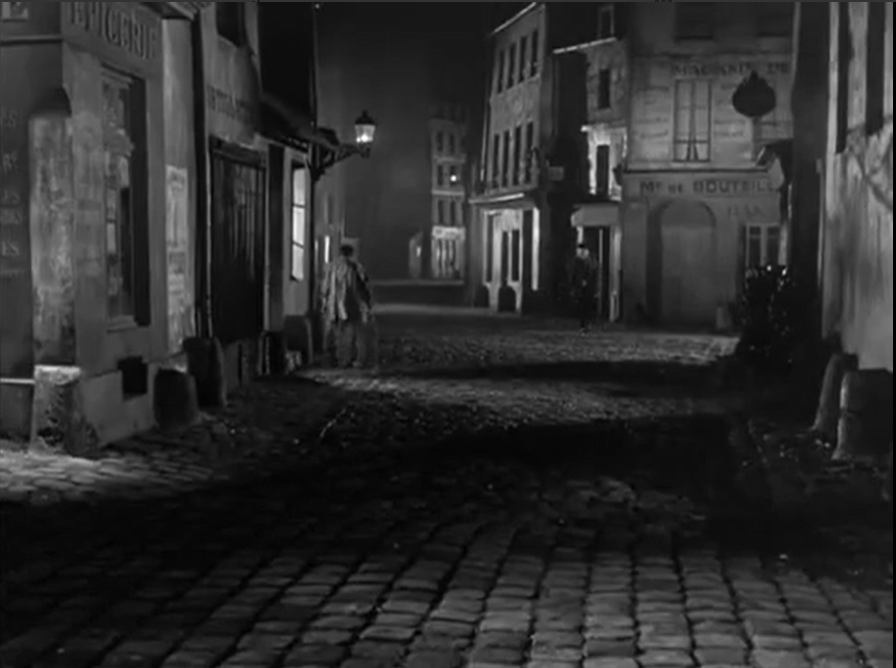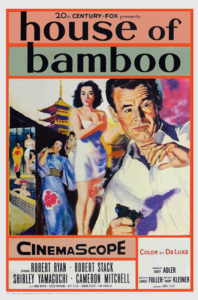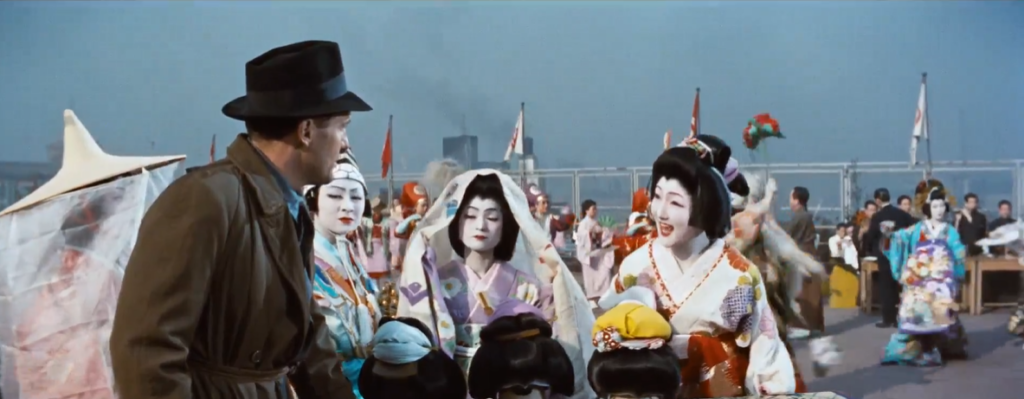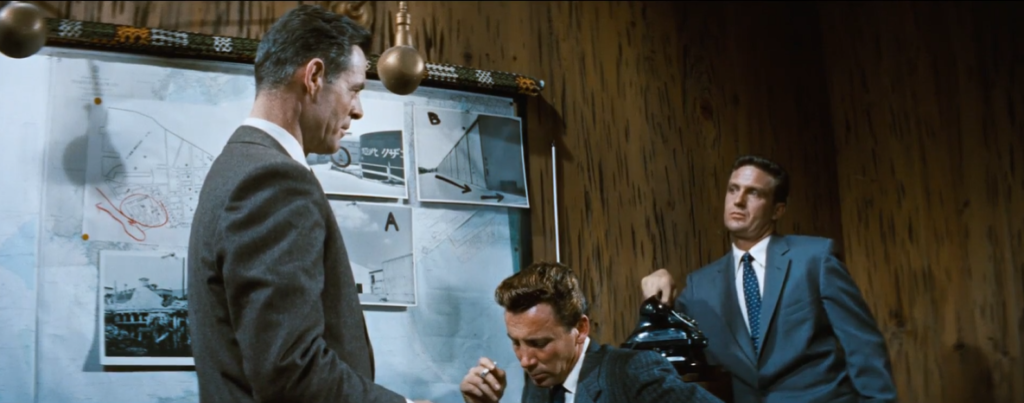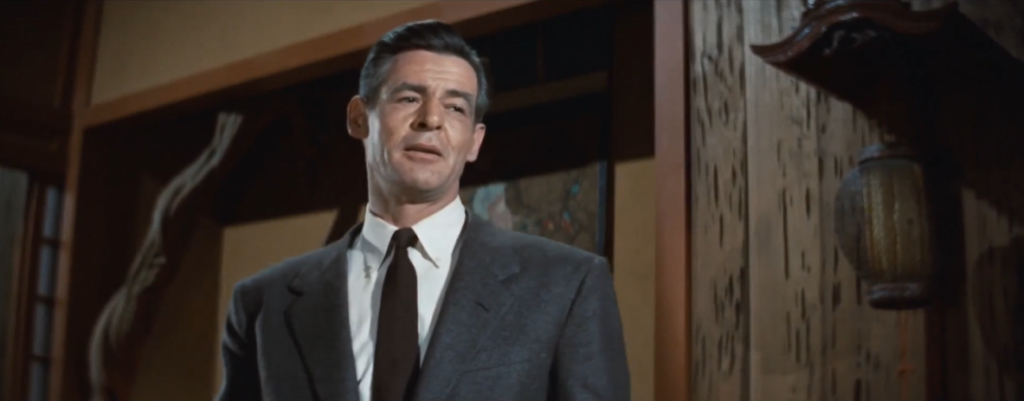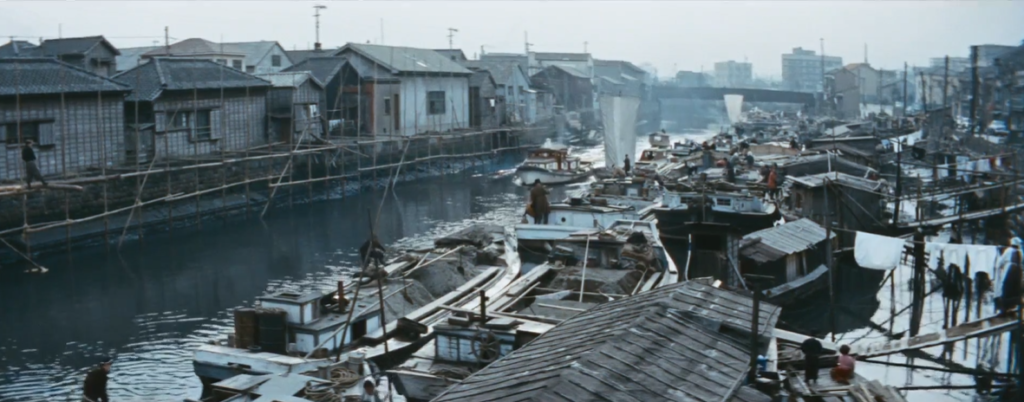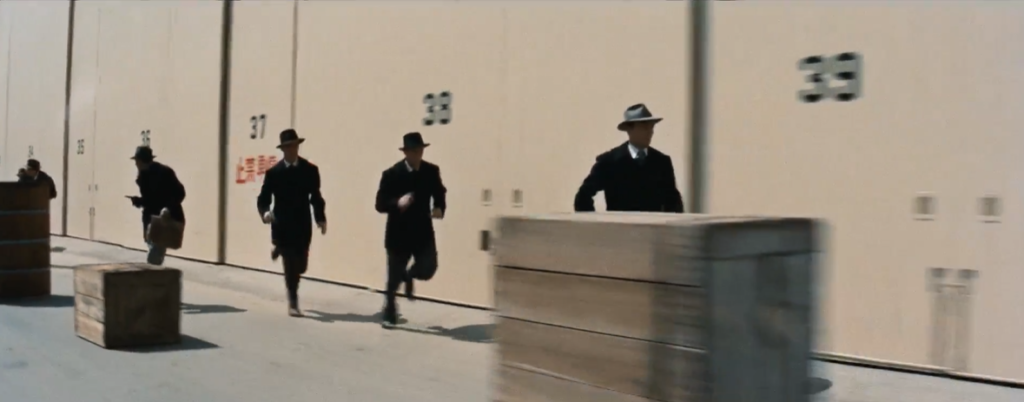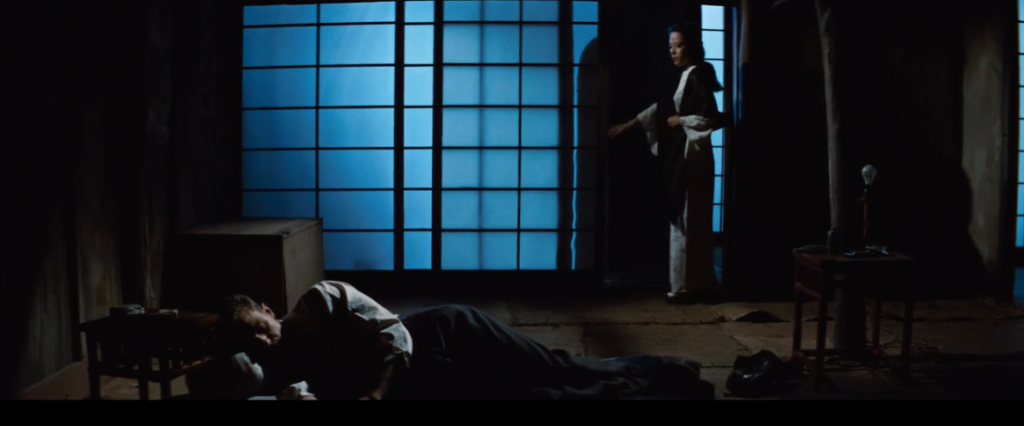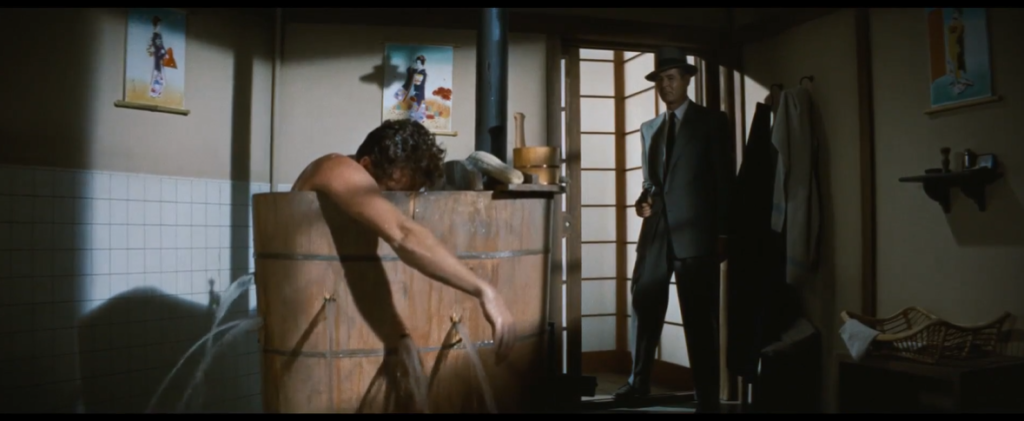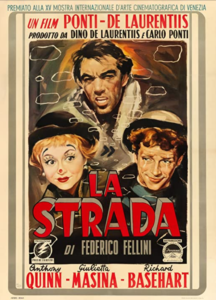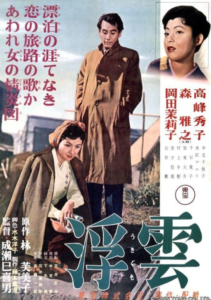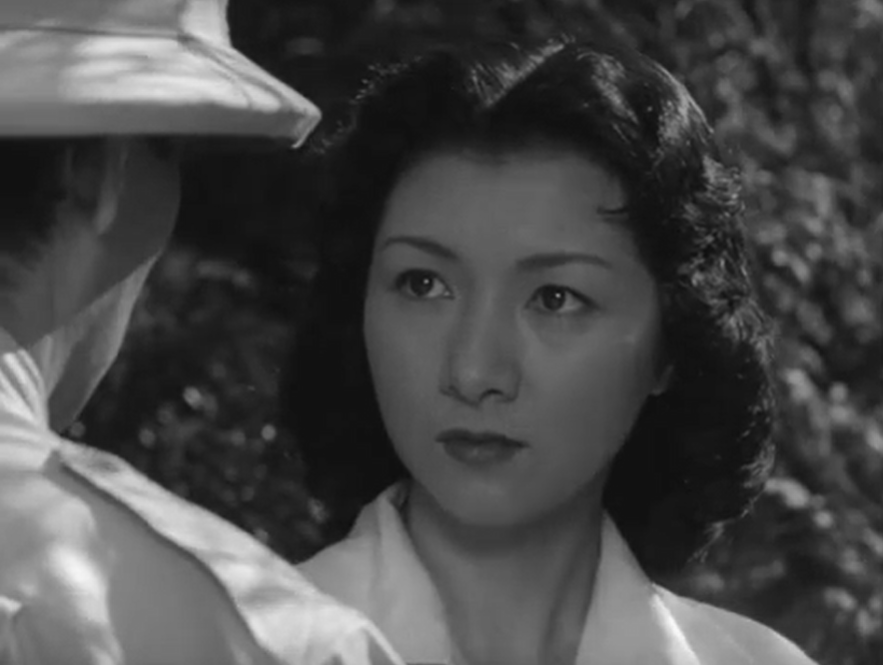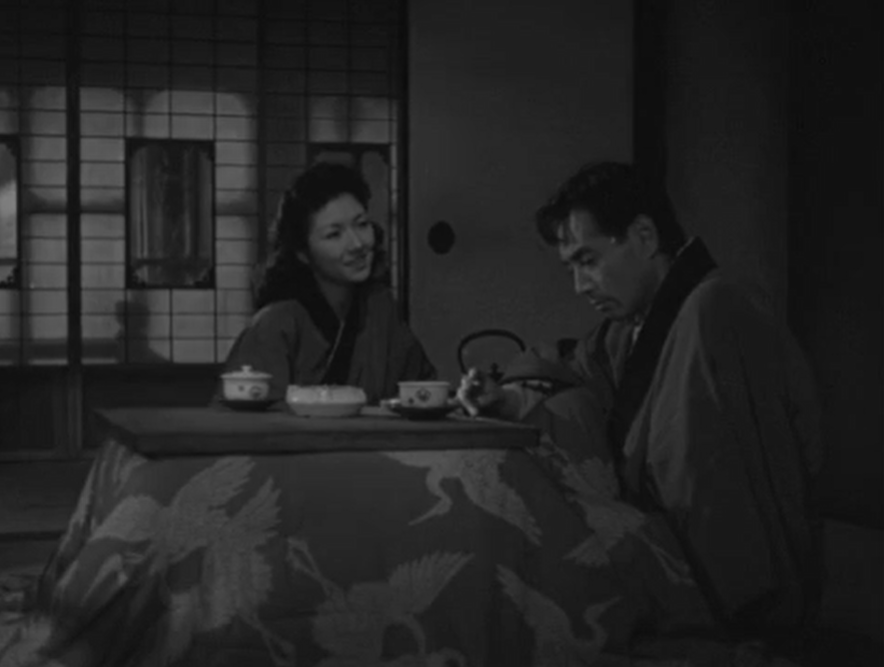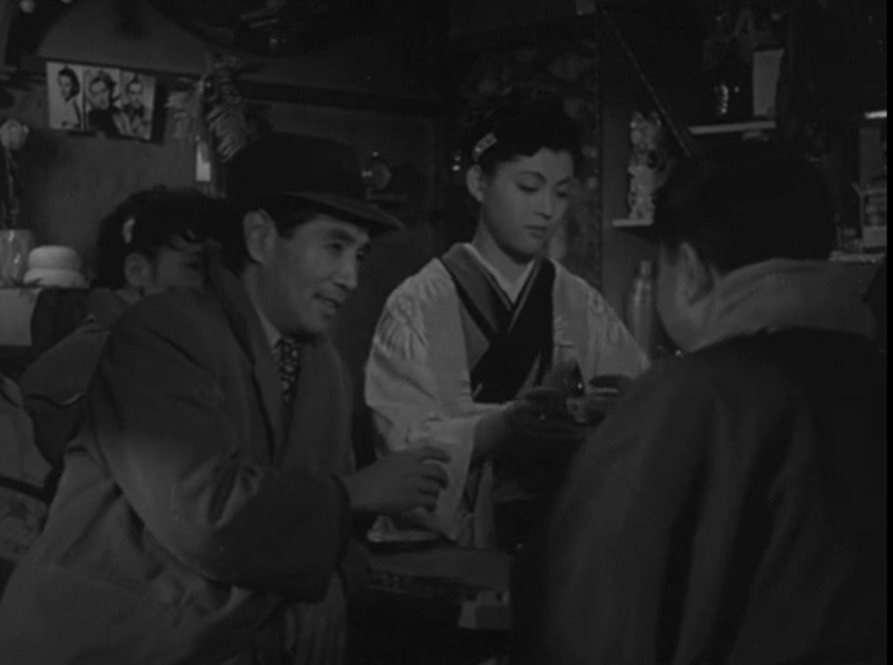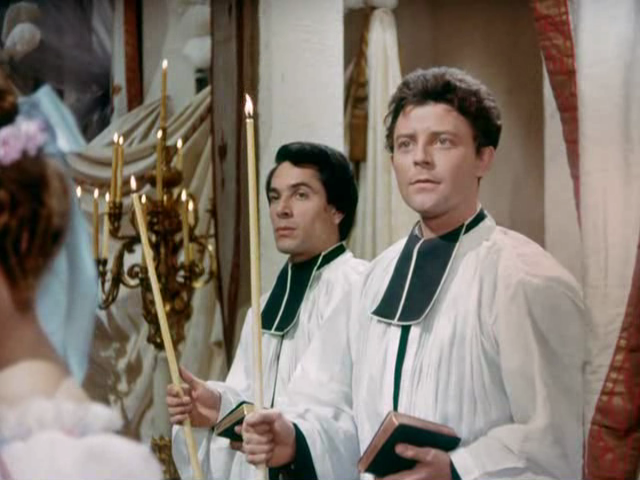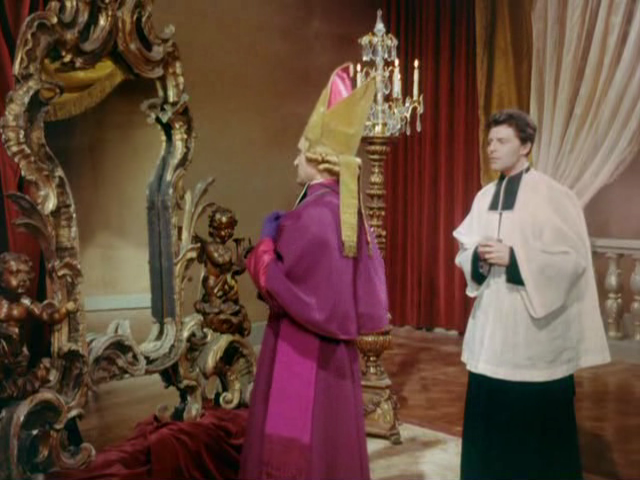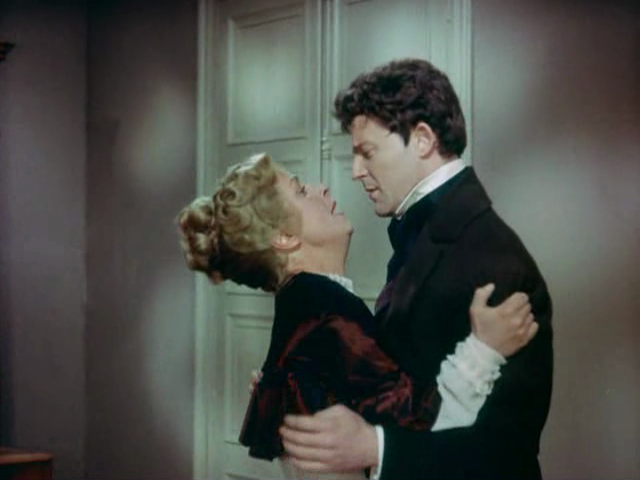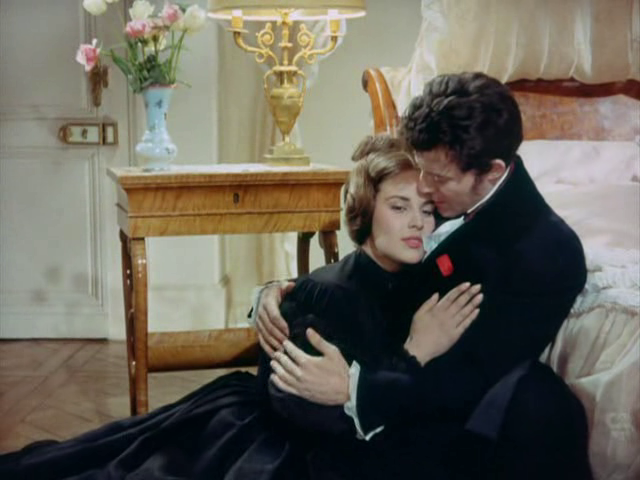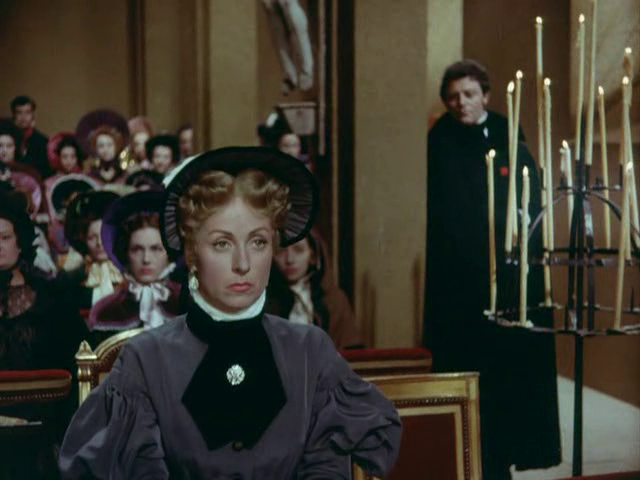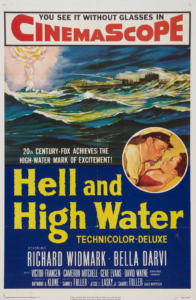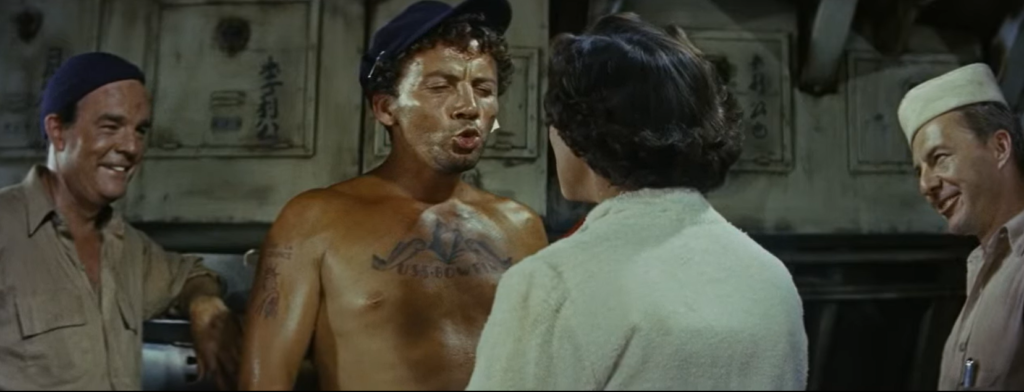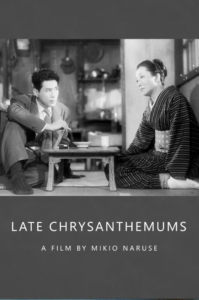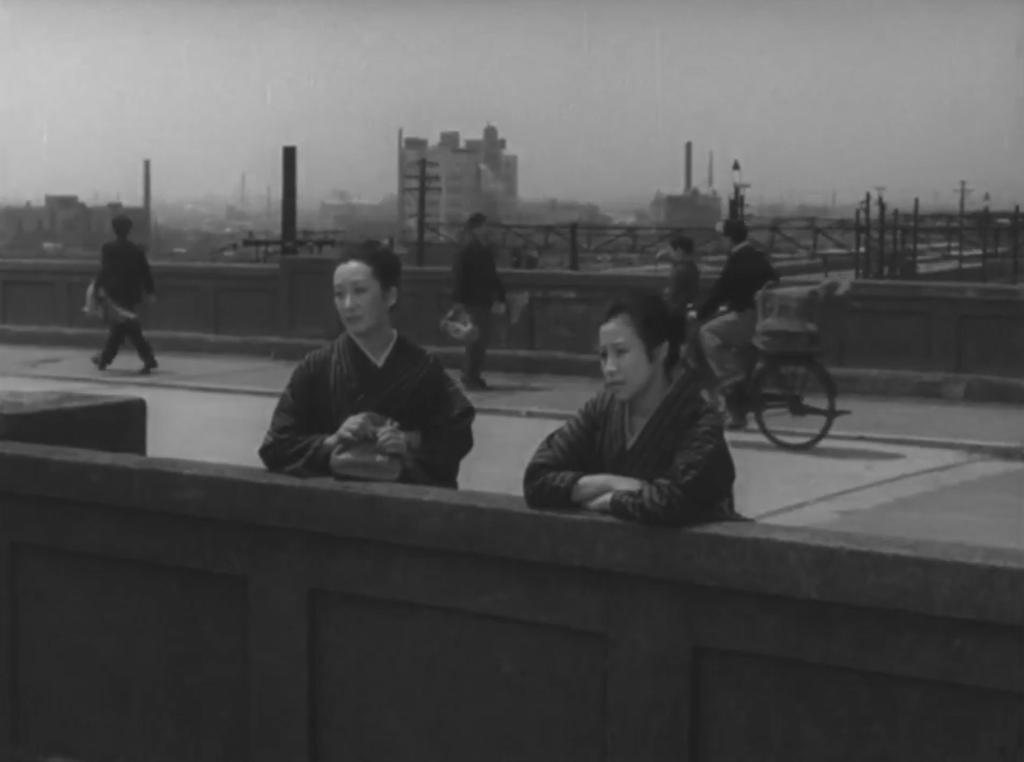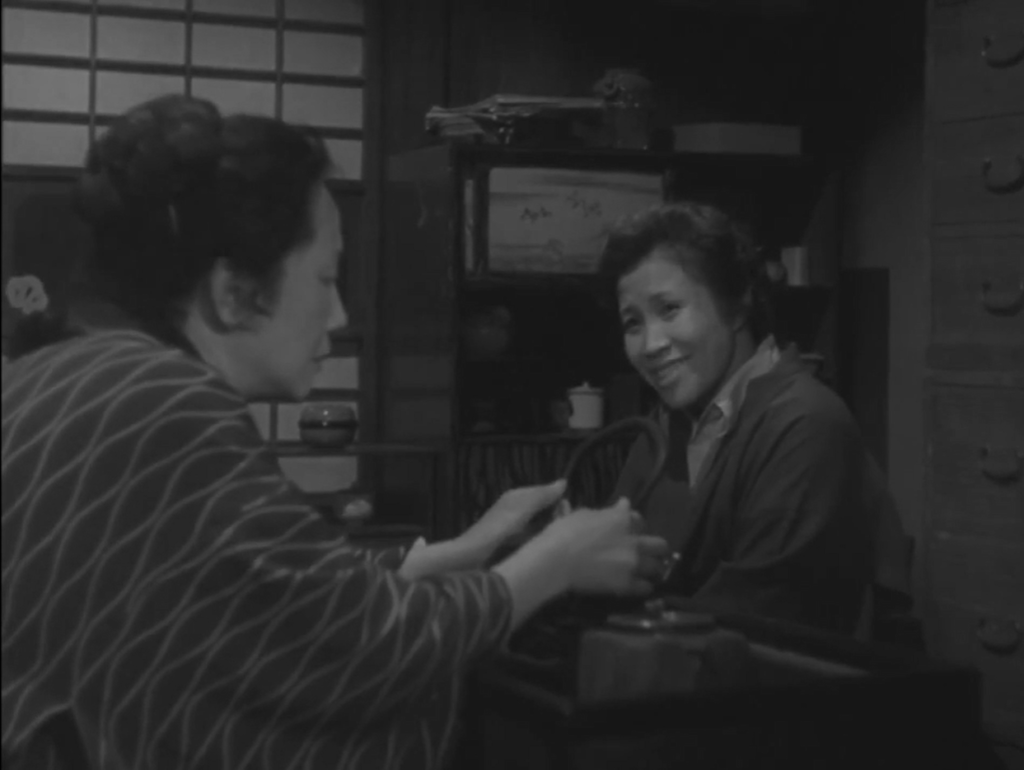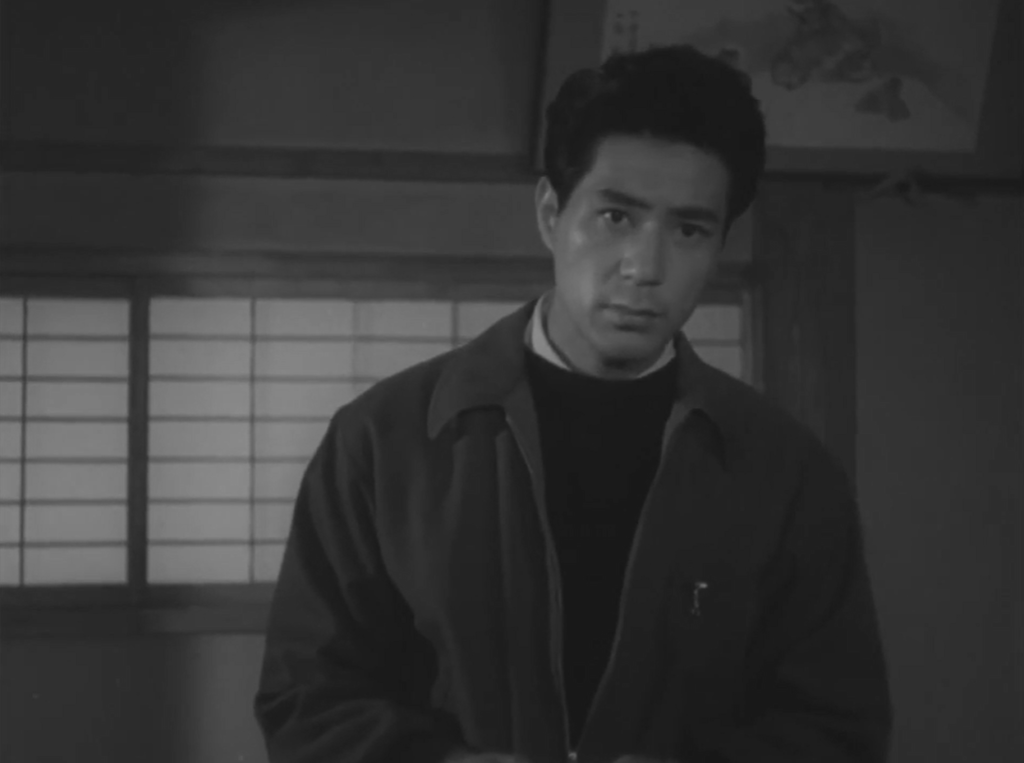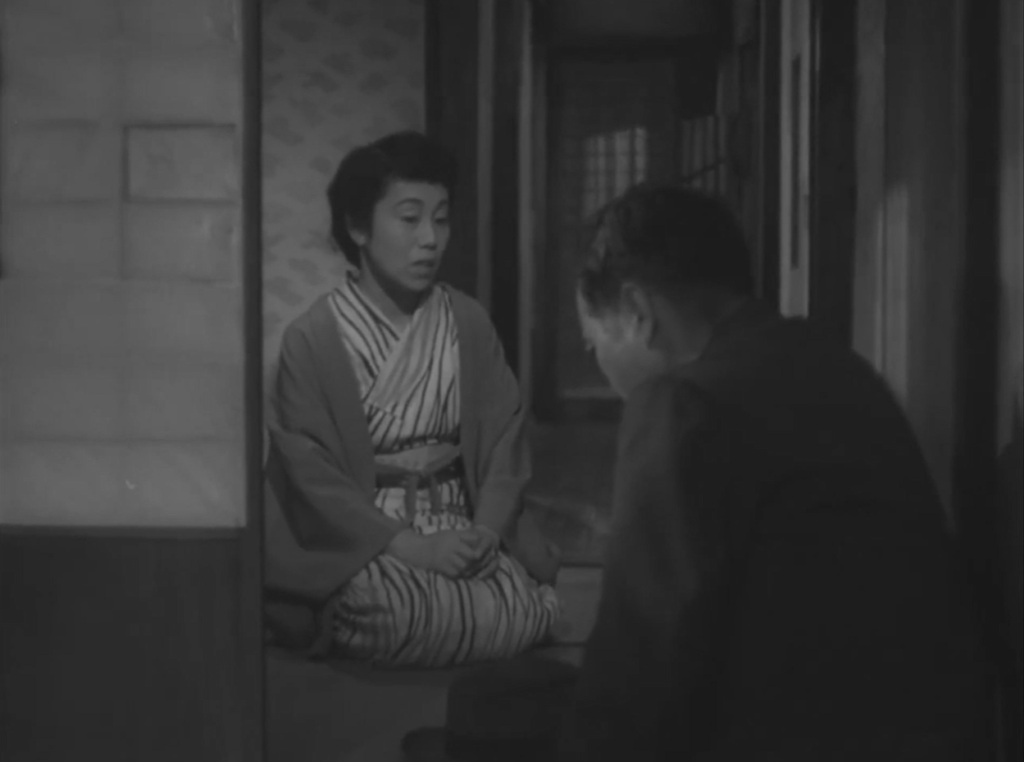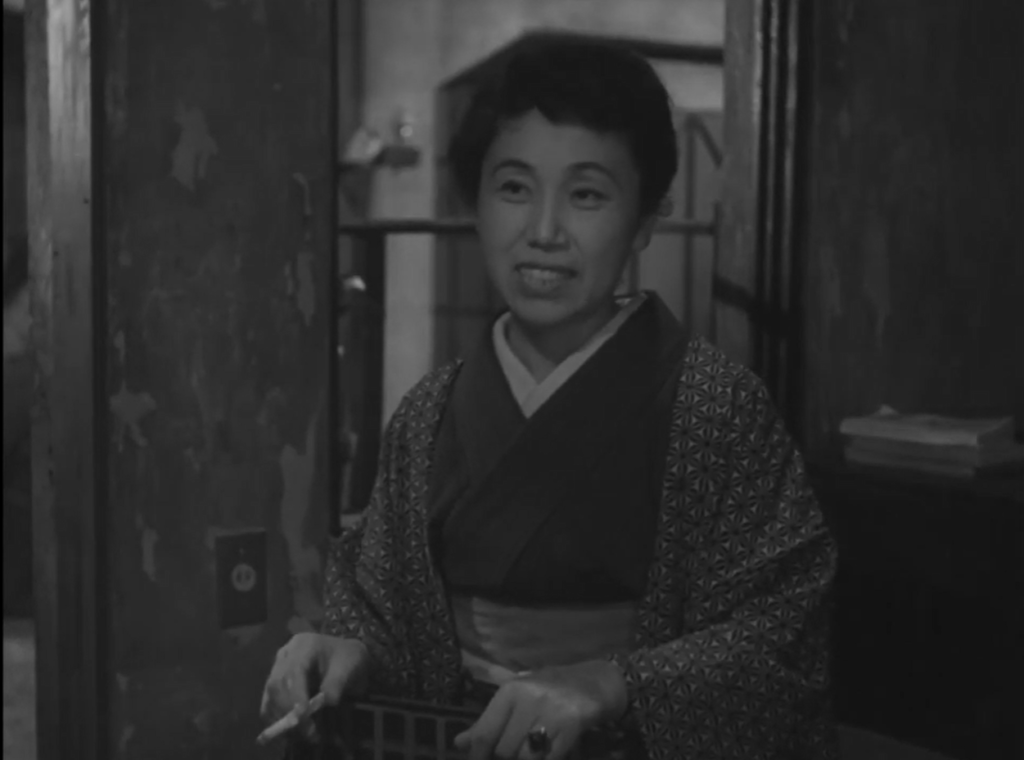|
Genres, Themes, Actors, and Directors:
- Anthony Quinn Films
- Carnivals and Circuses
- Domestic Abuse
- Federico Fellini Films
- Italian Films
- Richard Basehart Films
- Road Trip
Response to Peary’s Review:
Peary writes that “along with The Bicycle Thief, Federico Fellini’s classic is the most loved of Italy’s neorealist films of the post-WWII era.” It features Giuletta Masina as “a poor, innocent simpleton” who has “no sense of self-worth to begin with,” and “is made to feel even more inconsequential by [Quinn’s] insensitive brute who drinks heavily, sleeps with other women, insults her talents…, and beats her as if she were a dog.”
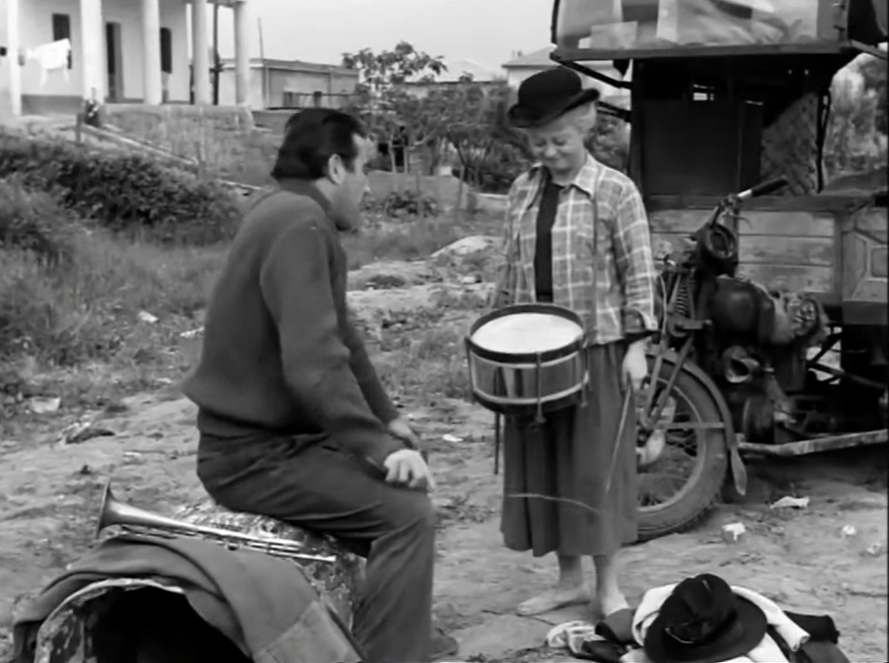
Masina’s Gelsomina gets numerous offers to leave her life and start anew — including to “join a circus, run off with a clown and tightrope walker… or stay in a convent” — but “she becomes convinced that Quinn really does need her,” and “perhaps he loves her.” Peary asserts that “Masina mugs too much,” but concedes “she’s captivating. With a round face, dimples, and large, expressive eyes, she has the look of a clown” and will “remind you of a cross between Harpo Marx, Charlie Chaplin, and a puppy.”
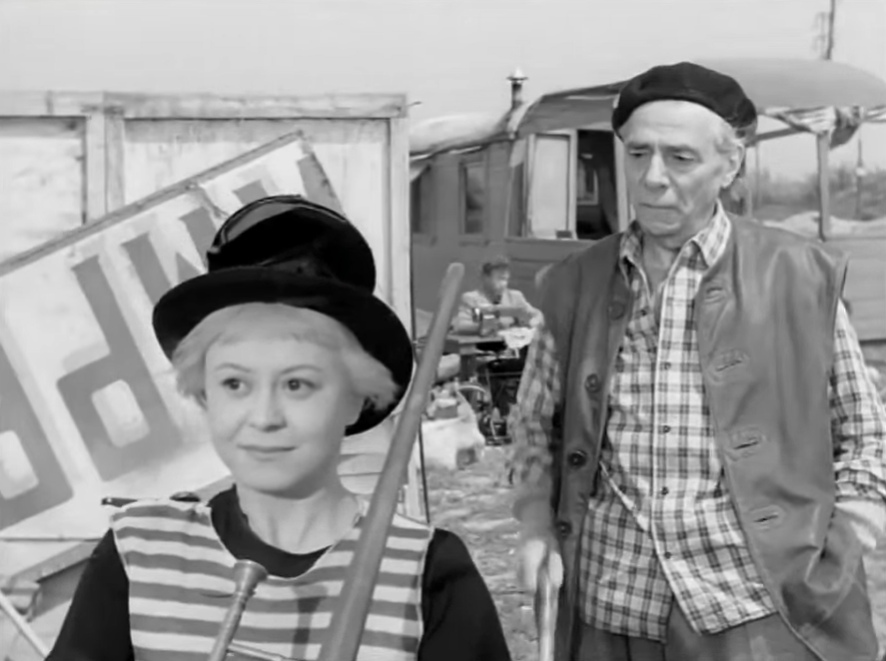
Peary argues that her “serious scenes don’t really work because her temporary switch from gamine to disgruntled adult is too swift,” and “the result is that her performance seems inconsistent, although the real problem is with the character.” He further adds that “Quinn’s character is also a bit hard to figure out — it’s true that the bigger they are, the harder they fall, but when the mighty Quinn lies in a drunken heap, what is he thinking?”
I don’t share Peary’s concerns about either character. While it’s true that Gelsomina undergoes significant changes, this is because she’s been thrown out into the world for the first time and is finally meeting a wide range of people. She’s learning that she doesn’t have to simply comply and fit in and “act dumb”. Meanwhile, Quinn’s character (as Martin Scorsese — a huge fan of the film — has pointed out), is representative of so many violent men who simply can’t see farther than their next carnal need, which eventually leads to self-destruction; kind and/or lusty, fun-loving women may be waiting in the wings for awhile, but not indefinitely.
Basehart’s character, however, is perhaps the most intriguing in the entire film. This “fool” — first seen walking on a highwire (though surely this is a double…):

— becomes a pivotal character in the storyline, given that he can’t help telling the truth and calling out hypocrisy, at risk of his own safety.
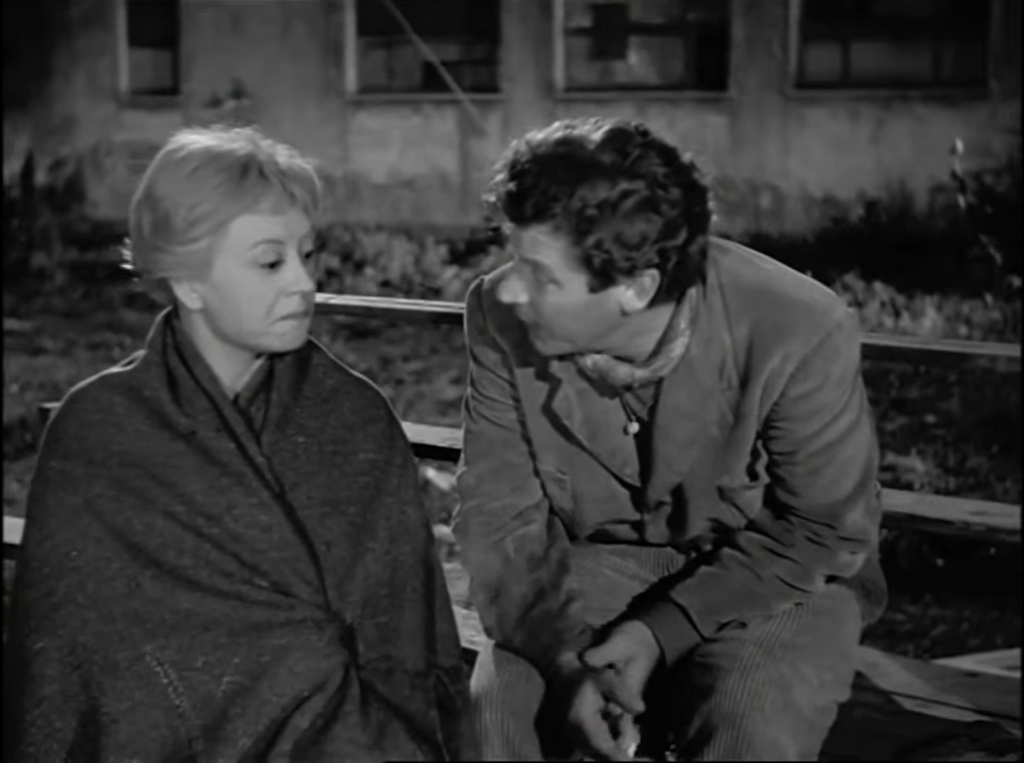
Finally, as Peary points out, the film provides “memorable glimpses of [the] Italian countryside, crowded villages, [and] excitement over rituals (weddings, religious parades, circus acts).” Indeed, we see an entire world on display here — one that has left an indelible mark on cinematic history.
Note: Richard Basehart has been an interesting actor to get to know through watching him in a wide range of titles and roles — from Maximilian Robespierre in Anthony Mann’s Reign of Terror (1949), to a fearful corporal in Sam Fuller’s Fixed Bayonets! (1951), to an alcoholic priest in Jean Negulesco’s Titanic (1953), to his role as Ishmael in John Huston’s Moby Dick (1956), to this Italian film with Fellini (he was living in Rome at the time he was cast). What an unusual and varied career.
Notable Performances, Qualities, and Moments:
- Giuletta Masina as Gelsomina
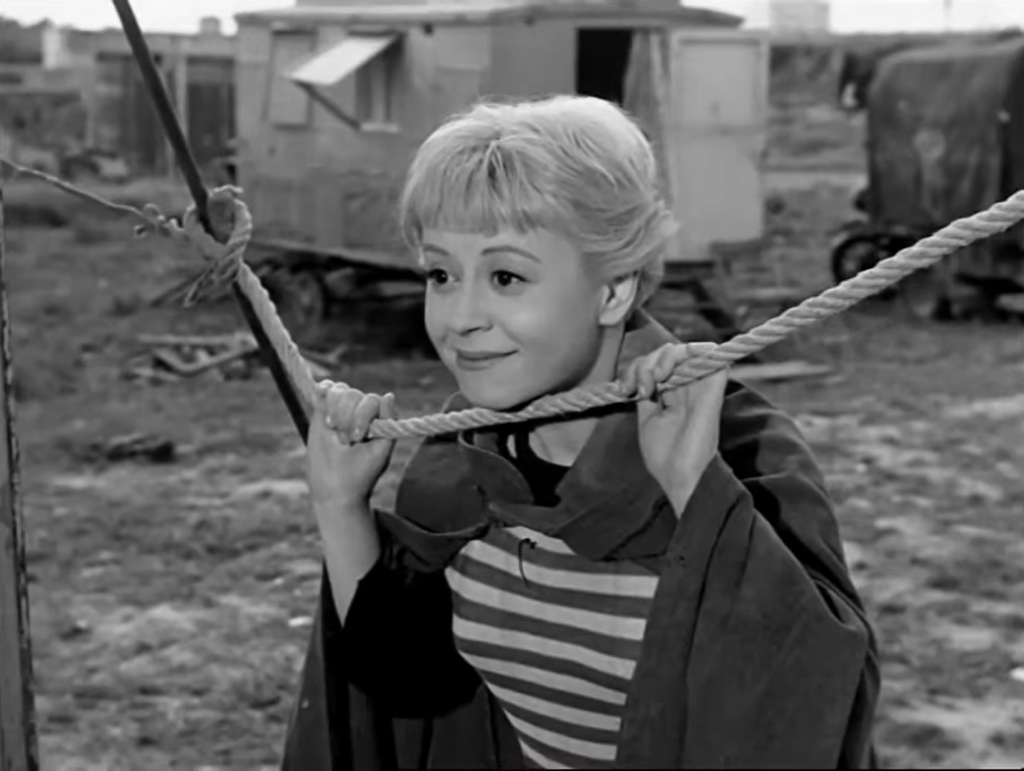
- Anthony Quinn as Zampano
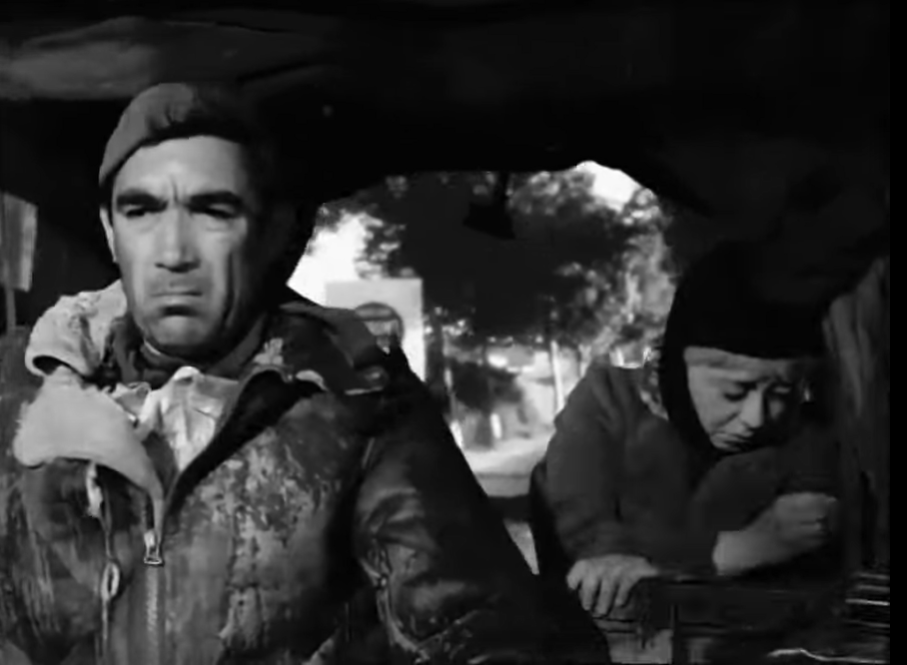
- Richard Basehart as the Fool
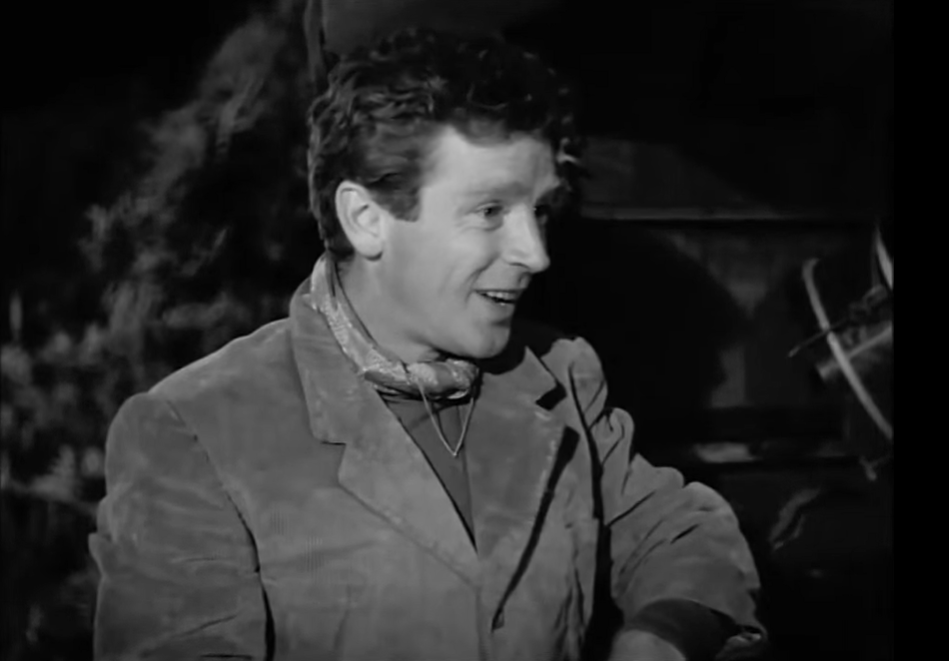
- Otello Martelli’s cinematography
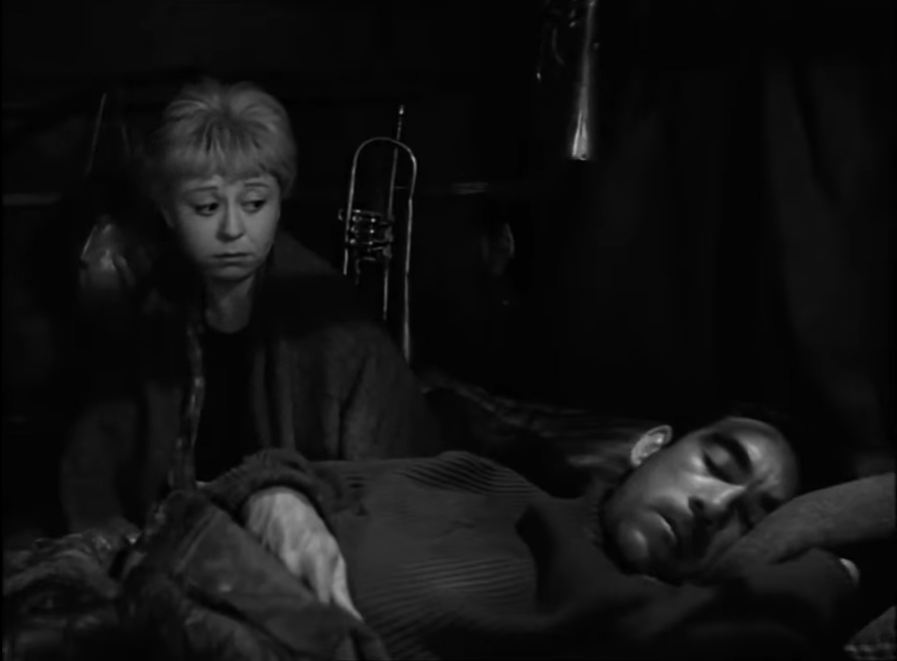
- Nino Rota’s score
Must See?
Yes, as a foreign classic.
Categories
- Foreign Gem
- Important Director
(Listed in 1001 Movies You Must See Before You Die)
Links:
|
